Full Name Noah Purifoy Name Noah Purifoy Website noahpurifoy.com | Known for Assemblage Sculpture Nationality American | |
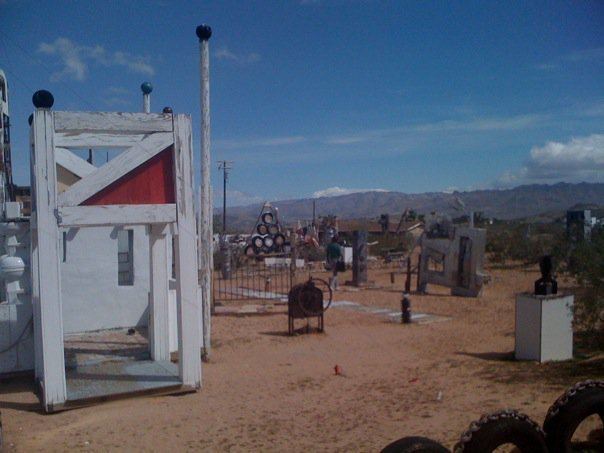 | ||
Education | ||
Noah purifoy junk dada at lacma los angeles
Noah S. Purifoy (August 17, 1917 – March 5, 2004) was an African-American visual artist and sculptor, co-founder of the Watts Towers Art Center, and creator of the Noah Purifoy Outdoor Desert Art Museum. He lived and worked most of his life in Los Angeles and Joshua Tree, California.
Contents
- Noah purifoy junk dada at lacma los angeles
- Noah purifoy outdoor desert art museum joshua tree
- Early life and education
- 66 Signs of Neon
- Noah Purifoy Outdoor Desert Art Museum
- References

He is best known for his assemblage sculpture, including a body of work made from charred debris and wreckage collected after the Watts Riots of August 1965.
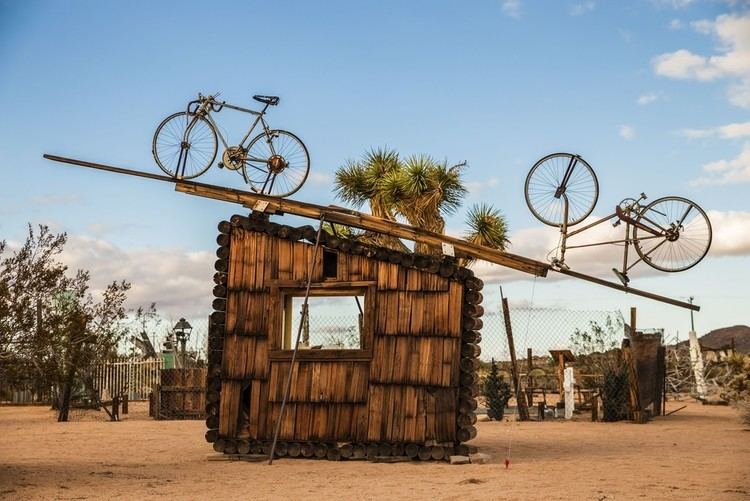
Noah purifoy outdoor desert art museum joshua tree
Early life and education
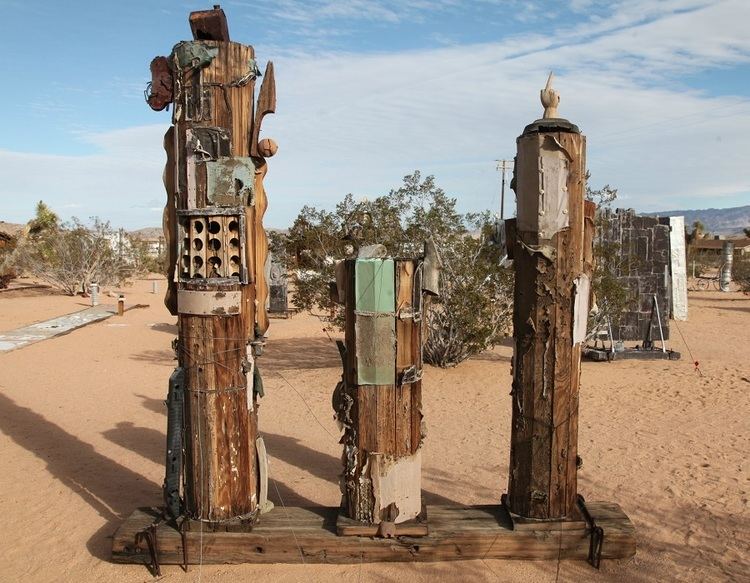
Purifoy was born in Snow Hill, Alabama in 1917. During World War II, he served with the United States Navy, and as a veteran he was buried at the Ohio Western Reserve National Cemetery in Rittman, Ohio.
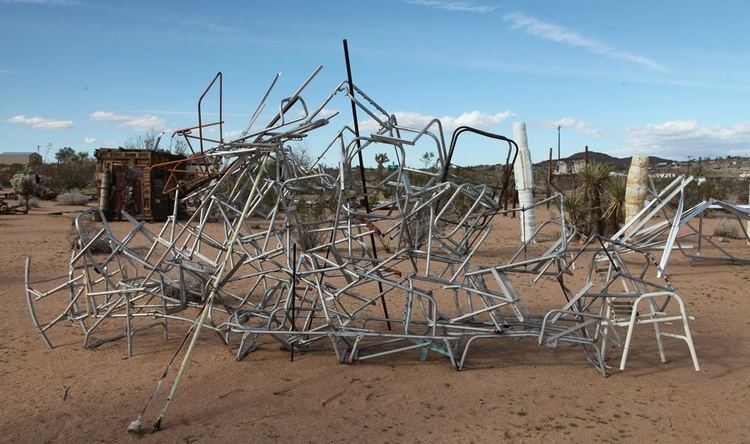
In 1953, he moved to Los Angeles to attend Chouinard Art Institute (now CalArts). Purifoy was the first African American to enroll there as a full-time student and earned his BFA in 1956, just before his fortieth birthday.
66 Signs of Neon

In the months after the Watts Riots rebellion of August 1965, Purifoy and artist Judson Powell organized the exhibition 66 Signs of Neon, composed of roughly 50 works of art made from salvaged materials as a way to "interpret the August event." The exhibition premiered at Markham Junior High School (April 3–9, 1966) with work by six artists and later traveled to nine state universities in California, eventually traveling to other venues throughout the United States. For 20 years following the rebellion, Purifoy dedicated himself to the found object, and to using art as a tool for social change.
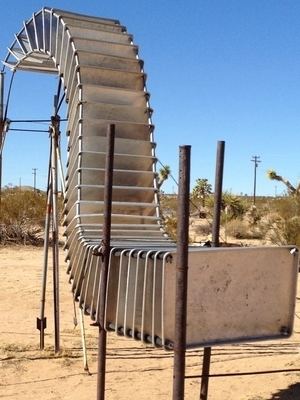
He was cofounder of the Watts Towers Art Center, adjacent to Simon Rodia's landmark Watts Towers in Watts, Los Angeles, California.

Purifoy was on the California Arts Council from the late 1970s through late 1980s, initiating programs such as Artists in Social Institutions, bringing art into the state prison system. He then moved to the southern Mojave Desert to create artworks.
Noah Purifoy Outdoor Desert Art Museum
In the late 1980s, Purifoy moved to the Mojave Desert, and over the last fifteen years of his life built what is now the Noah Purifoy Outdoor Sculpture Museum. Located on 10 acres of open land near the town of Joshua Tree, California, the museum contains over one hundred works of art, including large scale assemblages, environmental sculptures, and installation art created by the artist between 1989–2004.
The Los Angeles County Museum of Art−LACMA will be temporarily relocating some of his works to the museum for the show Noah Purifoy: Junk Dada (June 2015 – February 2016).
The Noah Purifoy Outdoor Sculpture Museum was expanded in 2016 to contain the adjacent land art sculpture Unagi. Viewed best from the highest point in Purifoy's Sculpture Museum, the sculpture evokes the image of larger than life eels made out of damaged and obsolete freight trains collected from the nearby Desert Freight Services. The sculpture can be accessed by a trail-head north of Purifoy's Outdoor Sculpture Museum, where visitors can walk through the freight trains and explore current and past installations. One freight operates as a permanent squat, where travelers are welcome to stay. The last freight in the line features a permanent installation by the anonymous artist "Unagi Boi": the space is dark, insular and cave-like while simultaneously flooded with bright teal and magenta, dynamically tactile with comfortable, soft places to lie down as well as sharp natural cacti, functioning both as a shrine to the natural resonant silence of the desert and an ideal space for live musical performance. This free and public space is actively used and well known for its revolutionary services as a meeting ground for communication, connection, relaxation, celebration and stimulation among individuals and the greater society at large.
